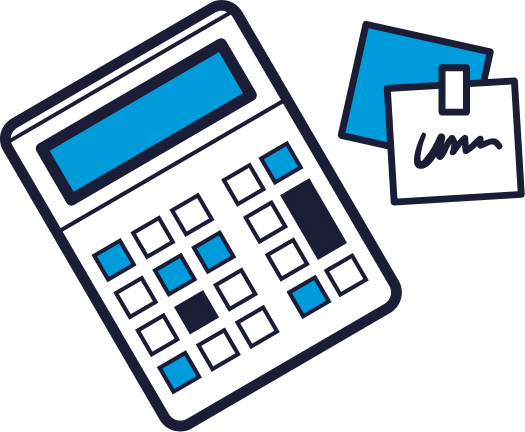LOOKING FOR LEGAL WAYS
TO REDUCE TAX?
New tax reduction strategies carefully explained and exhaustively researched every two weeks. Receive breaking news updates on tax law changes. Members only monthly AMA with TOTTB.tax.
WE PUBLISH TAX STRATEGIES FOR…
FEATURED CONTENT
What Is This Worth, Exactly? Determining Fair Market Value of Non-fungible Tokens for Charitable Schedule A Deductions
Value is in the eye of the beholder; or was that beauty? This is especially true for those infamous monkey portraits on the internet. Non-fungible tokens (NFTs) have exploded in popularity and can carry with them substantial tax consequences. Due to the volatile nature of the digital asset market and coupled with the lack of similar assets, it can be exceptionally difficult to determine the fair market value (FMV) of NFTs. Gift giving and donations can become much more complicated when NFTs are involved. New Fangled Technology For the noobs, an NFT is a type of cryptographic token that exists on a blockchain. As the name suggests, the tokens are not fungible, meaning each asset is unique and can't be interchanged for one another, the way that dollars or bitcoins can. Every NFT represents a unique asset with a unique value, however, determining what that value is can be quite difficult; The market for buying and selling NFTs can be extremely volatile. Some NFTs may quickly lose value or have no value at all. When a taxpayer donates an NFT to a qualified charitable organization as a way to reduce tax, the FMV is a required piece of information. To find out how to do this properly, keep reading.
Read MoreCURRENT EDITION

Year-End Tax Planning Under the One Big Beautiful Bill Act (OBBBA)
The One Big Beautiful Bill Act (OBBBA), signed into law on July 4, 2025, doesn’t reinvent the tax code it refines it. Much like its predecessor, the Tax Cuts and Jobs Act (TCJA), it keeps many familiar provisions in play: lower rates, expanded SALT flexibility, and broader deductions. But here’s the real story: While most tax pros are busy memorizing what stayed the same, the planners who will win 2025 are the ones spotting what just became possible. OBBBA quietly opens a handful of powerful new planning windows — each one capable of delivering real, measurable savings for the right client. The key is knowing which changes are worth your time… and which are just political garnish. Below, we’ve curated the most strategic, high-impact moves to make before year-end 2025, the ones that separate the advisors who explain the law from those who leverage it. Most tax pros will stop at what changed. The smart ones will keep reading to learn how to use it.

Timing is Everything: A Conversation Between a Tax Pro and Client
The new permanent bonus depreciation regime will bring back the old playbook: lever up to buy a rental property and bonus depreciate everything under the sun. But the tax savvy general partners know that WHEN to depreciate is just as important as how to depreciate.

Student Loans After the OBBBA Part 2: Helping Clients Navigate the New Landscape
As the federal student loan system enters a new era, advisors are tasked with helping clients navigate the practical implications of recent reforms. The One Big Beautiful Bill Act (OBBBA) has redefined borrowing limits and repayment options, creating fresh challenges for borrowers at every stage of higher education. Whether clients are weighing school choices or managing existing student debt, understanding these updates is key to providing informed financial guidance. In Part 2 of our OBBBA student loan series, we explore how these changes could play out for common borrower situations and what advisors should be aware of to confidently guide clients through the post-OBBBA student loan landscape.
SIMPLIFIED TAX STRATEGIES &
PRACTICAL IMPLEMENTATION
Think Outside the Tax Box provides tax reduction strategies along with practical
implementation advice in order to reduce your clients’ federal tax bill with ease.







